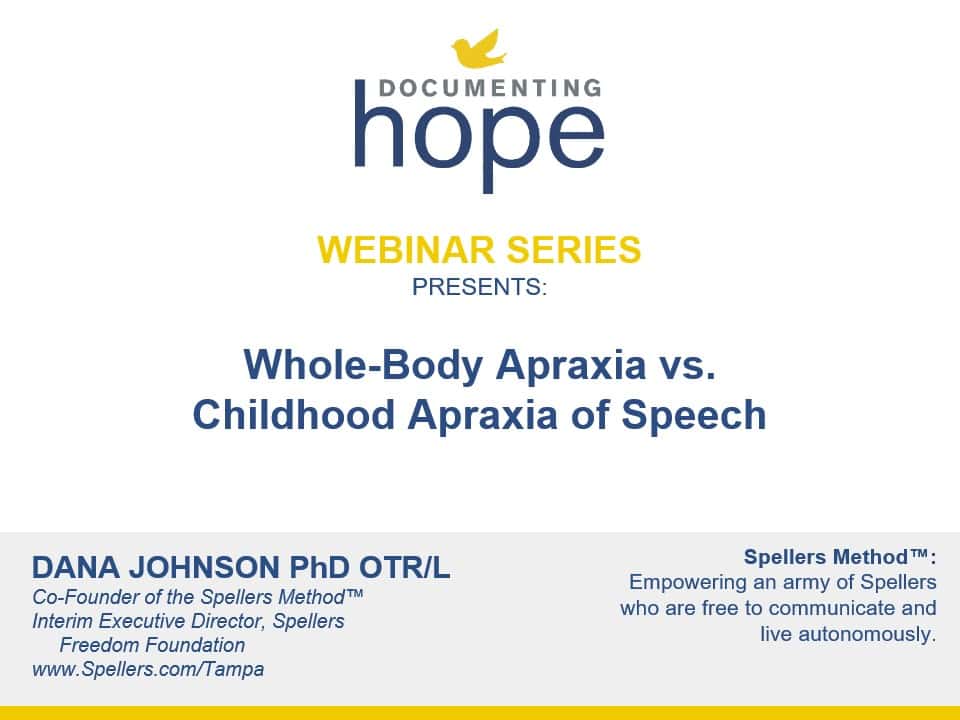What Is Heavy Work?
Heavy work is a term commonly used by occupational therapists to describe activities that push or pull against the body’s muscles and joints, offering deep sensory input and engagement. While the name might sound intense, heavy work isn’t necessarily about lifting weights in a gym or performing feats of strength. Instead, it’s about intentionally incorporating movements and resistance activities into daily routines that activate the body’s proprioceptive sensory system. This system plays a crucial role in helping us understand where our body is in space and how it moves.
In the context of supporting children—such as those with sensory-processing challenges, autism, or apraxia—heavy work has emerged as a powerful tool for achieving regulation and calm. Heavy work can go beyond simple “exercise”; it’s an intentional approach to engaging muscle and building critical pathways between the body and brain for better movement, coordination, and emotional regulation.
What Types of Activities and Movements Are Considered Heavy Work?
Heavy work is wonderfully adaptable and doesn’t require specialized equipment. The core idea revolves around activities that involve lifting, pushing, pulling, squeezing, or carrying—basically, any action that stimulates the muscles and joints with resistance. Some activities that count as heavy work for children and adults alike include:
- Carrying grocery bags, laundry baskets, or books
- Pushing or pulling a vacuum, stroller, or wagon
- Climbing playground equipment or trees
- Jumping, hopping, or animal walks (bear crawl, crab walk)
- Wheelbarrow walking (child walks on hands while adult holds ankles)
- Tug-of-war
- Moving furniture or large cushions as part of play
- Squeezing or kneading playdough, putty, or clay
- Helping with yard work (digging, raking, pushing a cart)
- Using resistance bands for stretching or playful exercises
These activities aren’t just tasks—they’re intentional opportunities for sensory input that children often enjoy, especially when incorporated into play or family routines.
How Can Heavy Work Support Overall Nervous-System Regulation?
To understand why heavy work can be so effective, it’s helpful to know a bit about the proprioceptive system. Proprioception refers to the body’s ability to sense its position, movement, and effort required by muscles and joints. When children engage in heavy work, they’re “feeding” their proprioceptors, which sends calming, organizing messages to the brain.
Many children with neurodevelopmental differences struggle with body awareness—they might appear clumsy, uncoordinated, or have trouble interpreting where their limbs are in relation to the world around them. Heavy work provides their brains with strong, consistent proprioceptive feedback. This anchors their bodies, reduces feelings of being overstimulated or overwhelmed, and helps them regulate emotions and energy levels.
But there’s more: When we perform resistance activities, our muscles release myokines—powerful peptides with anti-inflammatory effects. These myokines promote neurogenesis (the creation of new brain cells) and neuroplasticity (the brain’s ability to rewire itself), supporting learning, stress reduction, immune function, and a host of other benefits. As Dana Johnson PhD OTR/L described it in our webinar interview of her, “Muscle is actually a sensory organ”—meaning that by engaging our muscles intentionally, we’re doing more than just getting stronger physically. We’re improving overall brain and body health.
What Are Examples of Heavy Work for Children’s and/or Family’s Daily Routines?
Heavy work can be seamlessly woven into everyday life, benefiting not just kids with sensory or regulatory needs but the entire family’s wellness. Here are some examples tailored for different ages and abilities:
For Younger Children
- Loading and unloading groceries together
- Pushing a sibling in a cardboard box “car” across the carpet
- Helping squeeze oranges or lemons for juice
- Filling and toting a watering can to plants or garden beds
- Jumping into a pile of cushions or soft blocks
- Carrying in firewood or stacking logs with adult supervision
For School-Aged Kids
- Rearranging room furniture with help
- Rolling up a rug or mat for cleaning
- Pulling weeds or planting in the yard
- Walking the family dog (large breeds offer more gentle resistance!)
- Participating in chores that involve scrubbing, sweeping, or mopping
- Playing “push-pull” games—think tug-o-war or bumper cars with couch cushions
For the Whole Family
- Going for a nature hike with some light backpacks
- Playing relay races with activities like crawling, hopping, or skipping
- Organizing a “clean-up parade” where everyone hauls items to the correct room
- Doing yoga or simple resistance-based fitness challenges together
- Gardening projects that involve digging, raking, and carrying soil
The key is making these activities purposeful and, whenever possible, fun. Movement with intention helps the sensory system thrive, but motivation and enjoyment go a long way toward building habits and reducing resistance (especially if a child tends to shy away from exercise or physical challenges).
How Can Heavy Work Help Support Blood-Sugar Regulation?
Beyond brain-body regulation, heavy work plays a remarkable and sometimes overlooked role in supporting metabolic health, particularly blood-sugar regulation. In her webinar interview with us, Dana Johnson drew a clear line between muscle activation, insulin sensitivity, and long-term wellness—even for kids with neuromotor disabilities.
Here’s how it works: When we engage our muscles through resistance activities, those muscles become active “sponges” for glucose (blood sugar). They draw glucose out of the bloodstream to fuel activity, helping to lower overall blood sugar levels and decrease insulin resistance. Johnson references research around muscle and myokines, emphasizing the anti-inflammatory effect and how this supports healthy glucose metabolism.
For children who may have limited diets—perhaps favoring processed, carby snacks due to sensory preferences—this becomes doubly important. Heavy work offers a path to better metabolic control without asking for immediate dietary overhauls, which can be stressful and complex. Start with movement, she advises: “We’re not going to tackle the food immediately. Let’s get some movement, some resistance training. Let’s help build muscle so that we’re combating some of those dietary challenges right away.”
Over time, consistent heavy work and resistance activities can both directly lower blood sugar after meals and improve the body’s ability to handle glucose at all times. This is especially valuable for children at risk for type 2 diabetes, metabolic syndrome, or who already have inflammation-linked conditions.
Bringing Heavy Work Into Everyday Life
Heavy work stands at the intersection of sensory integration, neuroscience, and lifelong health. Through activities that engage the muscles and joints—whether pushing, pulling, jumping, or carrying—children and families not only get stronger physically but also lay the groundwork for better nervous system regulation, emotional balance, learning, and metabolic health.
Here are some final tips for embedding heavy work into your routine:
- Make It Consistent: A little every day is better than a lot once a week. Habit-building is key.
- Watch for Cues: Children are often more regulated, focused, and happy after heavy work. Use it before or after potentially dysregulating activities (transitions, mealtimes, or challenging schoolwork).
- Get Creative: Let kids have a say in choosing or inventing the heavy work tasks—they’ll be more invested and willing.
- Celebrate Progress: Regulation may appear as better sleep, improved attention, steadier moods, or more coordinated movement. Notice and celebrate these wins.
- Pair With Nutrition and Rest: While heavy work can help overcome some dietary challenges, a holistic approach (combining movement, balanced nutrition, and adequate sleep) will magnify the benefits.
Ultimately, the magic of heavy work is its accessibility. It doesn’t require special tools or settings—just a willingness to integrate purposeful movement into the moments and routines of daily life. For families seeking better regulation, health, and connection, it’s both a practical strategy and a pathway to greater well-being.
About Shandy Laskey MA CCC-SLP FNTP
Shandy is an integrative speech-language pathologist and pediatric feeding specialist, as well as a Functional Nutritional Therapy Practitioner, and Documenting Hope Health Coach. She is a fierce nutrition advocate for children impacted by complex picky eating, neurodevelopmental disorders, and special needs. She is continuously advancing her knowledge in functional and bio-individual nutrition therapies for these specific demographics of children.
Shandy is the founder and CEO of Speaking of Health & Wellness, LLC. Through her own health and wellness journey, she learned the profound impact of nutrition and lifestyle on cognition and overall well-being first hand. Shandy has an intense passion for integrating holistic nutrition and lifestyle strategies into her work with families.

She provides virtual and local parent coaching to guide families on identifying ways to address the underlying causes of their child’s condition and/or related symptoms, while also teaching integrative strategies for learning, behavior, communication and mealtimes.
Shandy is the Director of Community Development at Documenting Hope. Read more about Shandy’s story and work at: SpeakingOfHealthAndWellness.com
Still Looking for Answers?
Visit the Documenting Hope Practitioner Directory to find a practitioner near you.
Join us inside our online membership community for parents, Healing Together, where you’ll find even more healing resources, expert guidance, and a community to support you every step of your child’s healing journey.







